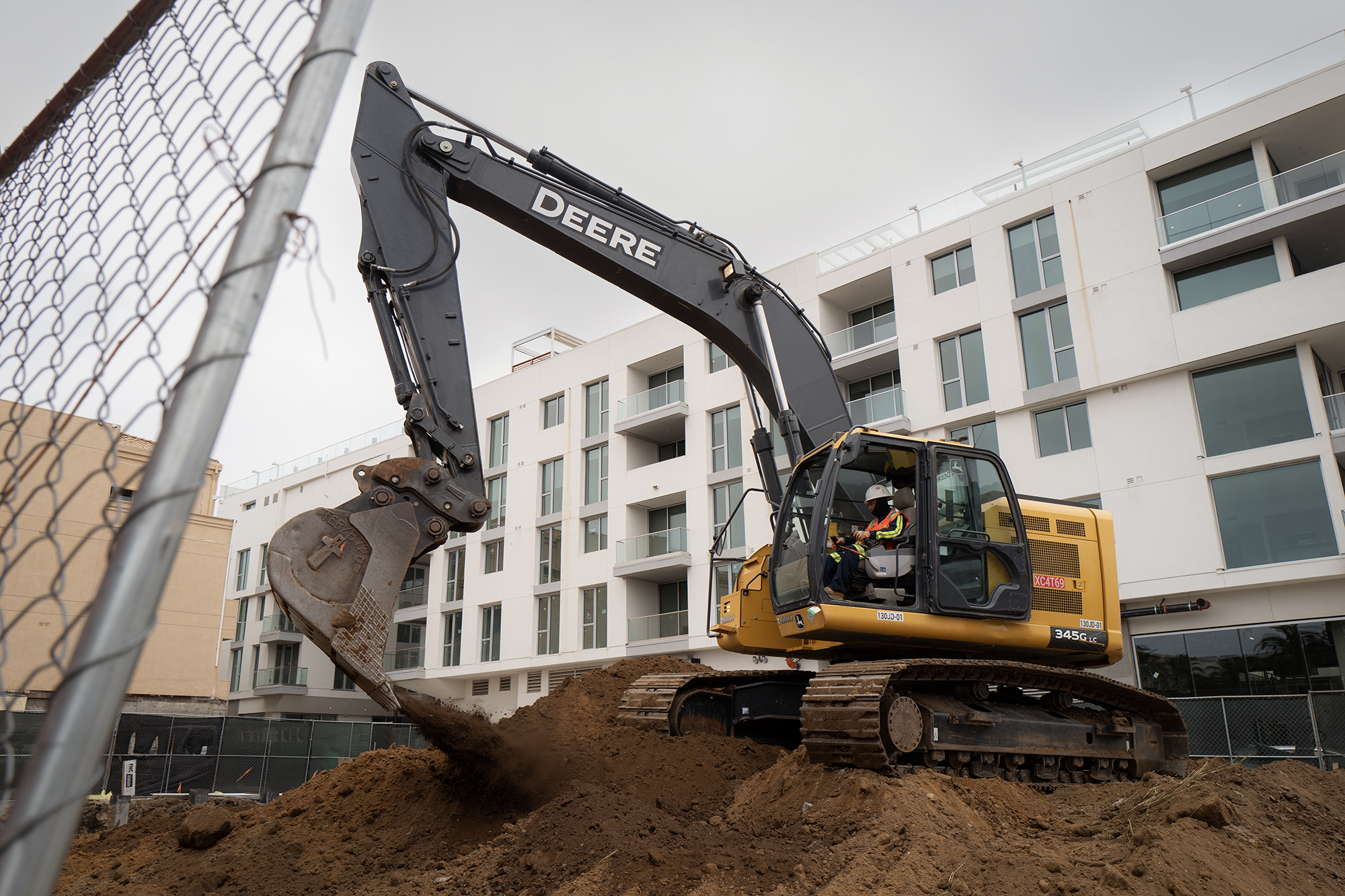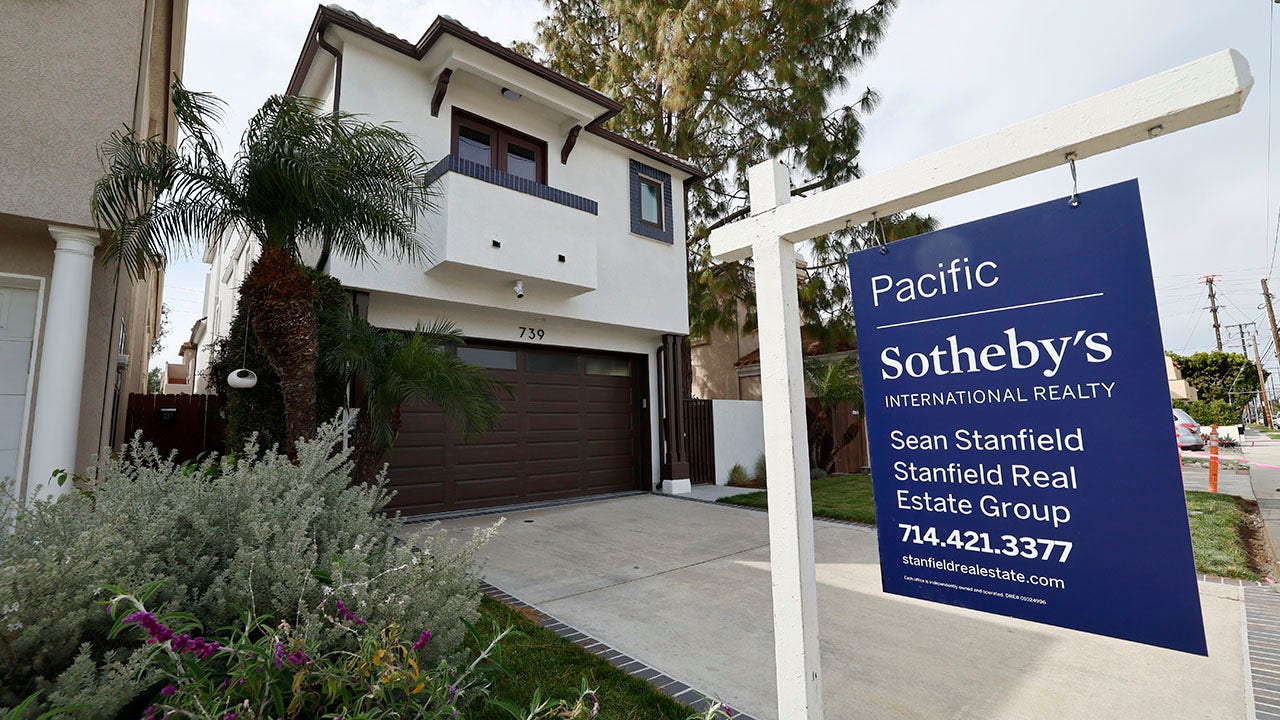California Housing Density: The Debate Over Taller Buildings In Residential Areas

Welcome to your ultimate source for breaking news, trending updates, and in-depth stories from around the world. Whether it's politics, technology, entertainment, sports, or lifestyle, we bring you real-time updates that keep you informed and ahead of the curve.
Our team works tirelessly to ensure you never miss a moment. From the latest developments in global events to the most talked-about topics on social media, our news platform is designed to deliver accurate and timely information, all in one place.
Stay in the know and join thousands of readers who trust us for reliable, up-to-date content. Explore our expertly curated articles and dive deeper into the stories that matter to you. Visit Best Website now and be part of the conversation. Don't miss out on the headlines that shape our world!
Table of Contents
California Housing Density: The Debate Over Taller Buildings in Residential Areas
California's housing crisis is a well-documented emergency, characterized by sky-high prices and a critical shortage of affordable units. One proposed solution gaining traction, yet sparking significant controversy, is increasing housing density through the construction of taller buildings in traditionally low-rise residential neighborhoods. This debate pits the urgent need for more housing against concerns about neighborhood character, infrastructure limitations, and potential negative impacts on quality of life.
The Argument for Higher Density Housing
Proponents argue that building upwards is the most efficient way to address California's housing shortage. They highlight several key benefits:
- Increased Housing Supply: Taller buildings allow for significantly more housing units on a given piece of land, directly addressing the supply deficit. This is especially crucial in already developed areas where land is scarce and expensive.
- Reduced Sprawl: Building upwards helps contain urban sprawl, preserving green spaces and reducing reliance on cars. This contributes to a more sustainable and environmentally friendly approach to urban development.
- Economic Benefits: Construction projects generate jobs and boost local economies. Increased housing density can also lead to more vibrant and diverse neighborhoods.
- Addressing Affordability: While not a guaranteed solution, increased supply can theoretically help ease pressure on housing prices, making homes more affordable for a wider range of income levels.
The Concerns of Opponents
However, the proposal to increase density by building taller structures faces significant opposition. Critics raise several valid points:
- Impact on Neighborhood Character: Many residents worry that taller buildings will alter the established character of their neighborhoods, leading to overcrowding and a loss of community feel. Concerns about decreased sunlight and increased shadows are also common.
- Strain on Infrastructure: Increased density places a strain on existing infrastructure, including roads, public transportation, schools, and utilities. Without adequate planning and investment in infrastructure upgrades, taller buildings can exacerbate existing problems.
- Potential for Gentrification: The influx of new residents from higher income brackets can lead to displacement of long-term residents, driving up rents and property values beyond the reach of many current inhabitants. This is a particularly sensitive issue in already vulnerable communities.
- Environmental Concerns: While taller buildings can reduce sprawl, their construction requires significant resources and can contribute to increased carbon emissions. Furthermore, inadequate planning could lead to negative environmental impacts.
Finding a Balance: The Path Forward
The debate over taller buildings in residential areas requires a nuanced approach. A successful solution needs to balance the urgent need for more housing with the legitimate concerns of residents. This could involve:
- Community Engagement: Open and transparent communication with residents is essential to address concerns and build consensus. Involving the community in the planning process can help ensure that developments are compatible with existing neighborhoods.
- Strategic Planning: Careful planning is crucial to mitigate potential negative impacts. This includes investing in upgraded infrastructure, ensuring adequate access to public transportation, and addressing potential environmental concerns.
- Mixed-Use Developments: Integrating residential buildings with commercial spaces and amenities can create more vibrant and self-sufficient neighborhoods.
- Incentivizing Affordable Housing: Policies that incentivize developers to include affordable units in new construction are essential to ensure that increased density benefits a wider range of income levels.
The future of California's housing landscape will likely depend on finding a balance between the need for increased density and the desire to preserve neighborhood character and quality of life. The debate over taller buildings highlights the complexity of this challenge and the need for creative and collaborative solutions. This issue demands careful consideration and a willingness to engage in difficult conversations to create a sustainable and equitable future for all Californians. What are your thoughts on this critical issue? Share your opinion in the comments below.

Thank you for visiting our website, your trusted source for the latest updates and in-depth coverage on California Housing Density: The Debate Over Taller Buildings In Residential Areas. We're committed to keeping you informed with timely and accurate information to meet your curiosity and needs.
If you have any questions, suggestions, or feedback, we'd love to hear from you. Your insights are valuable to us and help us improve to serve you better. Feel free to reach out through our contact page.
Don't forget to bookmark our website and check back regularly for the latest headlines and trending topics. See you next time, and thank you for being part of our growing community!
Featured Posts
-
 Sherrone Moores Post Game Gesture Ignites Firestorm Between Michigan And Oklahoma
Sep 09, 2025
Sherrone Moores Post Game Gesture Ignites Firestorm Between Michigan And Oklahoma
Sep 09, 2025 -
 Venezuela Crisis Trumps Denial Of Regime Change Amid Growing Us Military Presence
Sep 09, 2025
Venezuela Crisis Trumps Denial Of Regime Change Amid Growing Us Military Presence
Sep 09, 2025 -
 World Cup 2023 Ticket Sales Begin Strategies For Success
Sep 09, 2025
World Cup 2023 Ticket Sales Begin Strategies For Success
Sep 09, 2025 -
 Buying World Cup Tickets Tips And Tricks For The Upcoming Presale
Sep 09, 2025
Buying World Cup Tickets Tips And Tricks For The Upcoming Presale
Sep 09, 2025 -
 Inside The Cdc Departures And The Rise Of Anti Vaccine Sentiment Fuelled By Rfk Jr
Sep 09, 2025
Inside The Cdc Departures And The Rise Of Anti Vaccine Sentiment Fuelled By Rfk Jr
Sep 09, 2025
Latest Posts
-
 J J Watts Cbs Broadcasting Debut A Success Or A Romo Repeat
Sep 09, 2025
J J Watts Cbs Broadcasting Debut A Success Or A Romo Repeat
Sep 09, 2025 -
 Record Highs In Sight Analyzing The Current Stock Market Rise
Sep 09, 2025
Record Highs In Sight Analyzing The Current Stock Market Rise
Sep 09, 2025 -
 First World Cup Ticket Presale Everything You Need To Know To Buy Tickets
Sep 09, 2025
First World Cup Ticket Presale Everything You Need To Know To Buy Tickets
Sep 09, 2025 -
 Cbss Gamble On J J Watt Learning From Past Mistakes With Tony Romo
Sep 09, 2025
Cbss Gamble On J J Watt Learning From Past Mistakes With Tony Romo
Sep 09, 2025 -
 Mortgage Rates Plunge October 2024 Lows Return
Sep 09, 2025
Mortgage Rates Plunge October 2024 Lows Return
Sep 09, 2025
